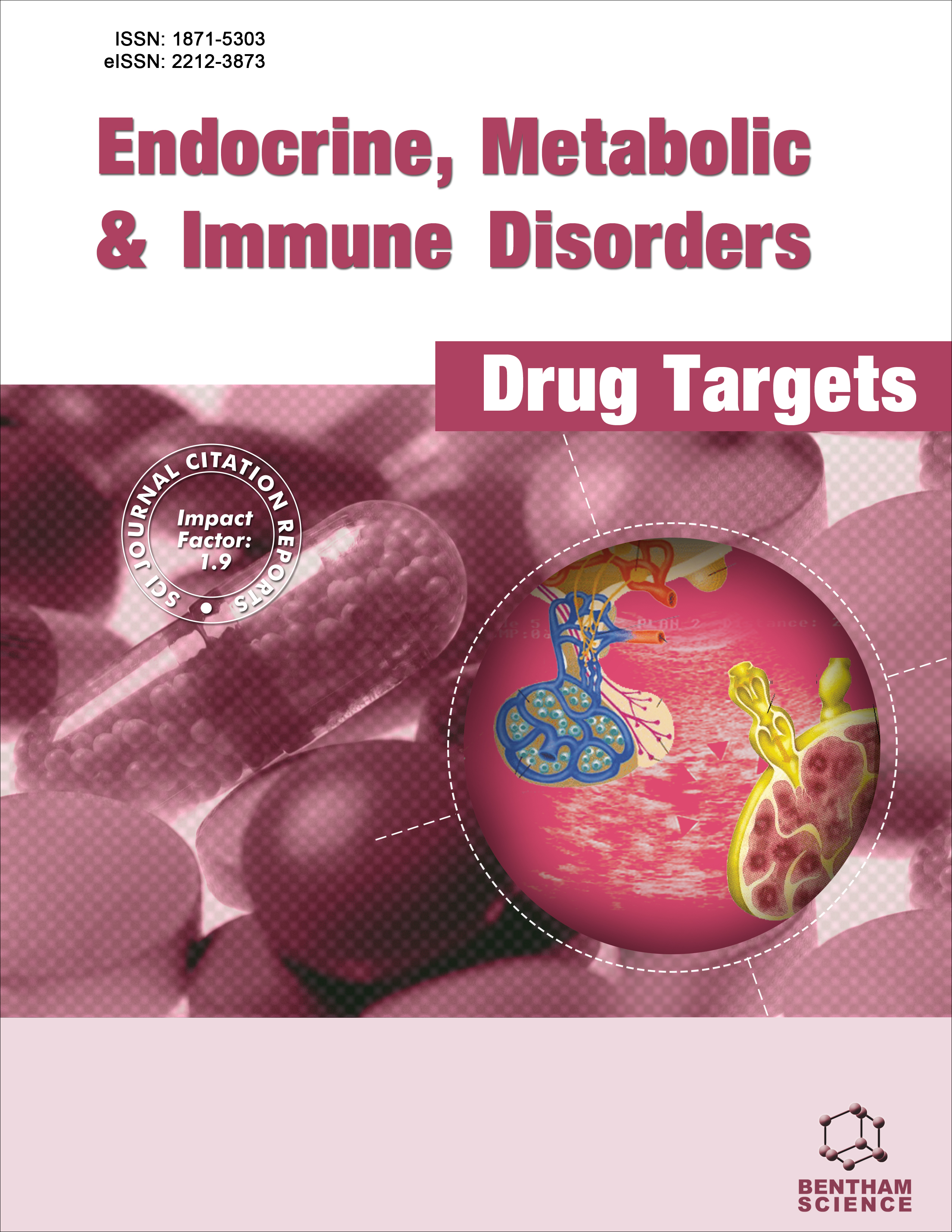
Full text loading...
We use cookies to track usage and preferences.I Understand
Diabetes mellitus is a common chronic metabolic disease characterized by a high incidence and disability rate. Intestinal flora refers to the microbial community that lives in the intestines and plays a crucial role in maintaining intestinal health and the human immune system. In recent years, an increasing body of research has revealed a close relationship between intestinal flora and diabetes. The pathophysiological mechanisms between them have also been constantly uncovered, and the regulation of intestinal flora has shown promising efficacy in the adjuvant treatment of diabetes. This study mainly summarized the characteristics and mechanisms of intestinal flora in patients with diabetes in recent years, as well as the methods of regulating intestinal flora to prevent and treat diabetes, and prospected the future research direction. This will offer a theoretical basis for the clinical adjuvant treatment of diabetes with intestinal flora and the development of new drugs.

Article metrics loading...

Full text loading...
References


Data & Media loading...

